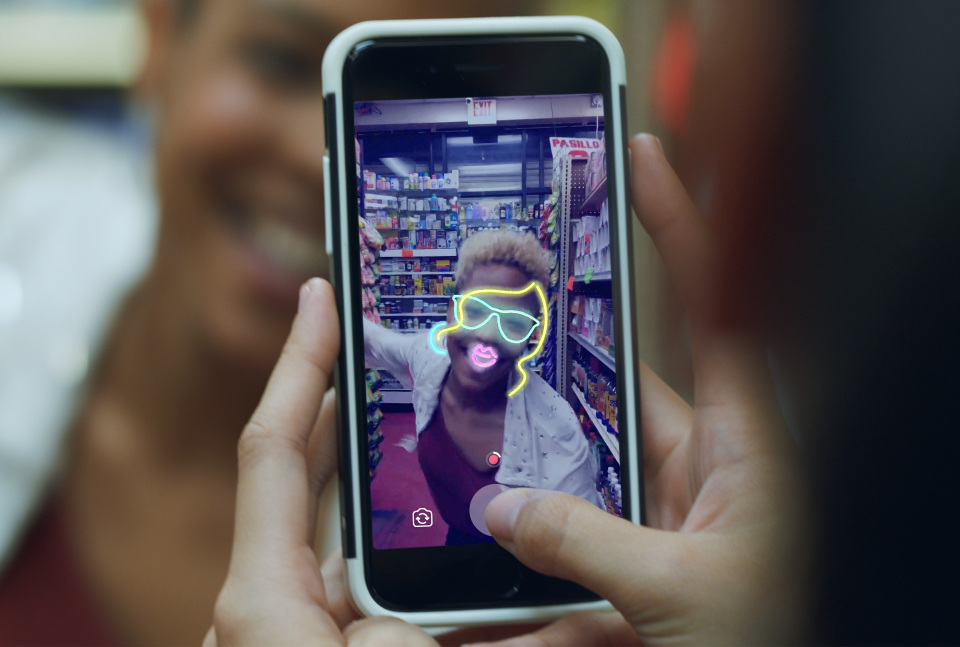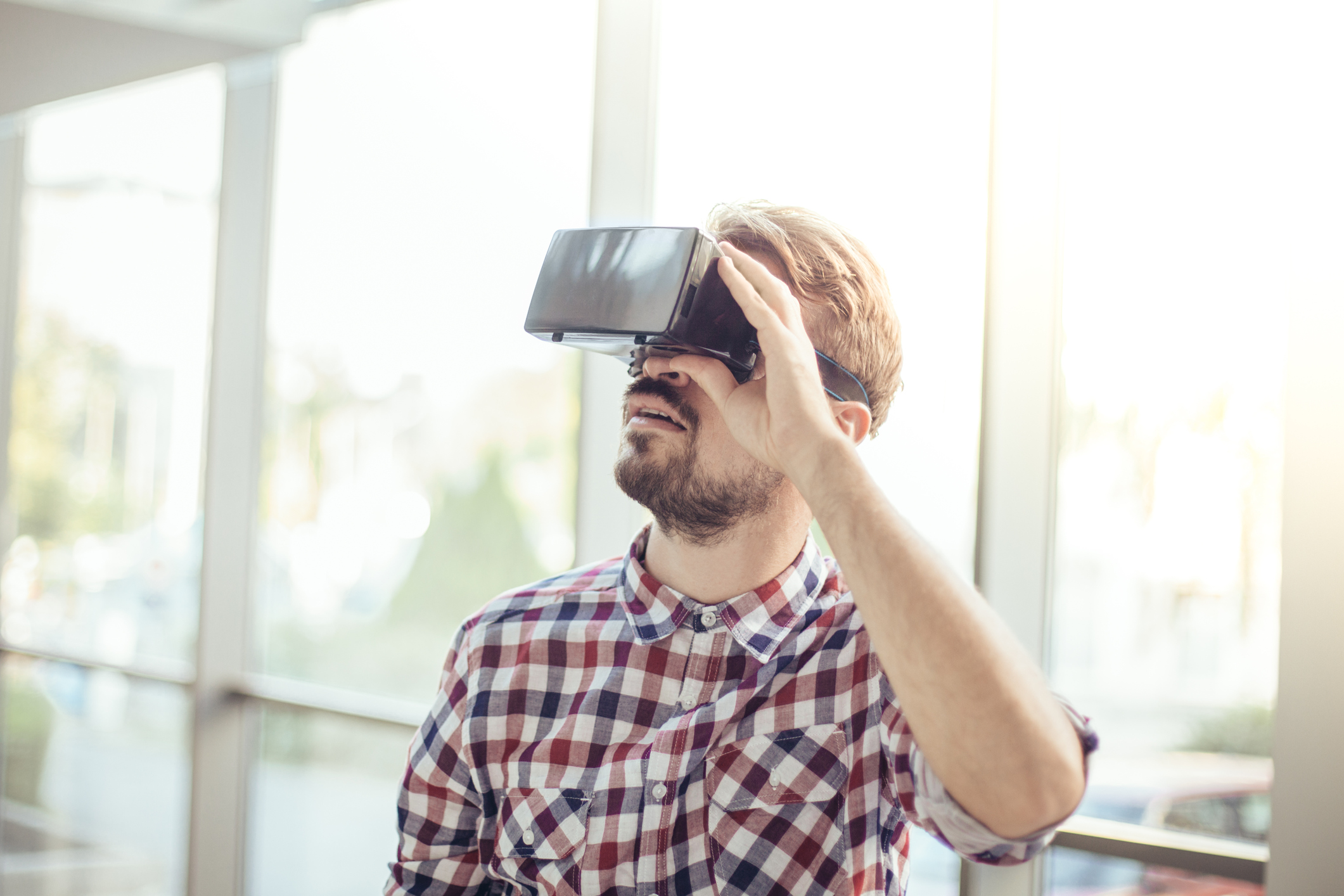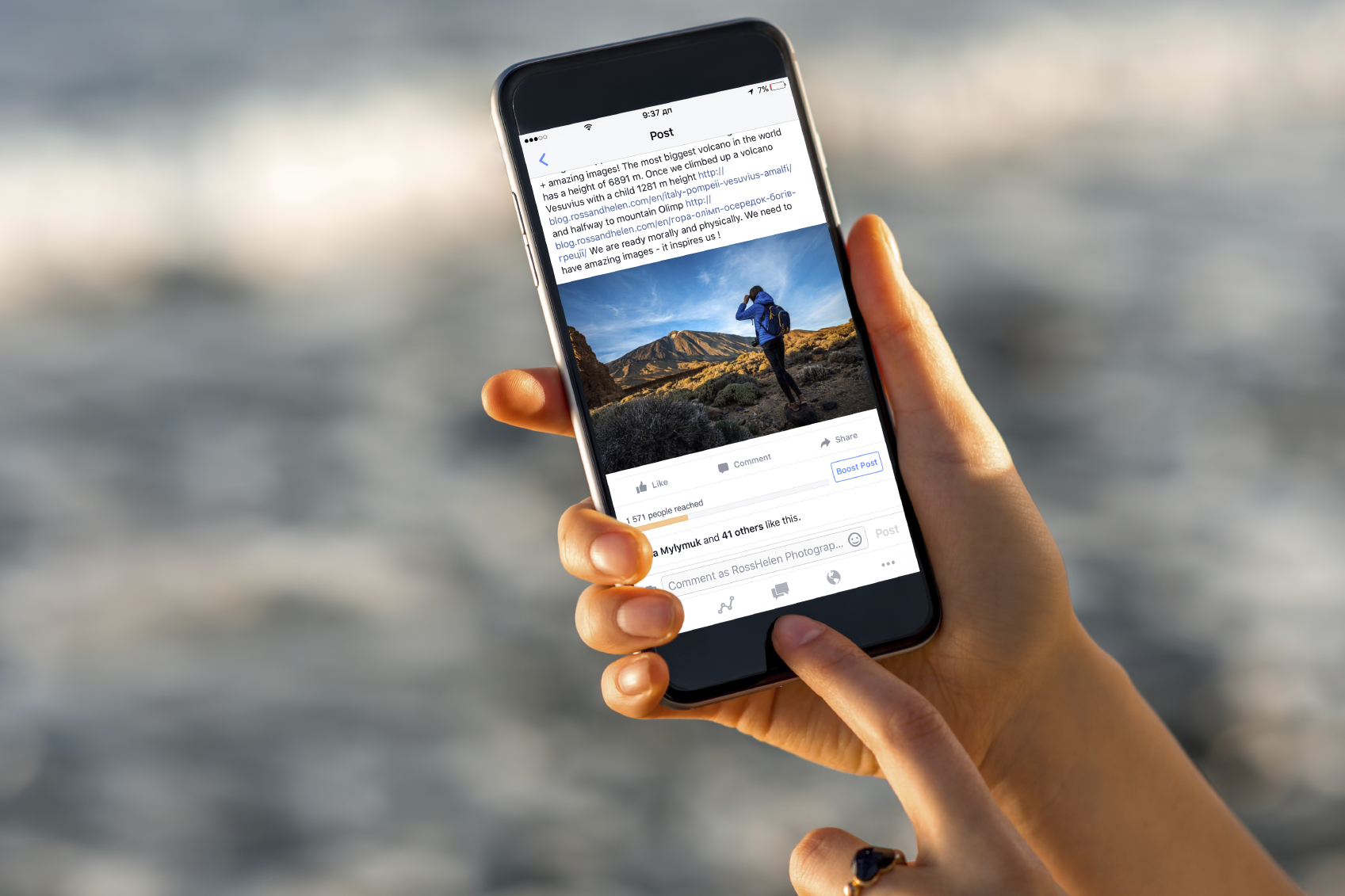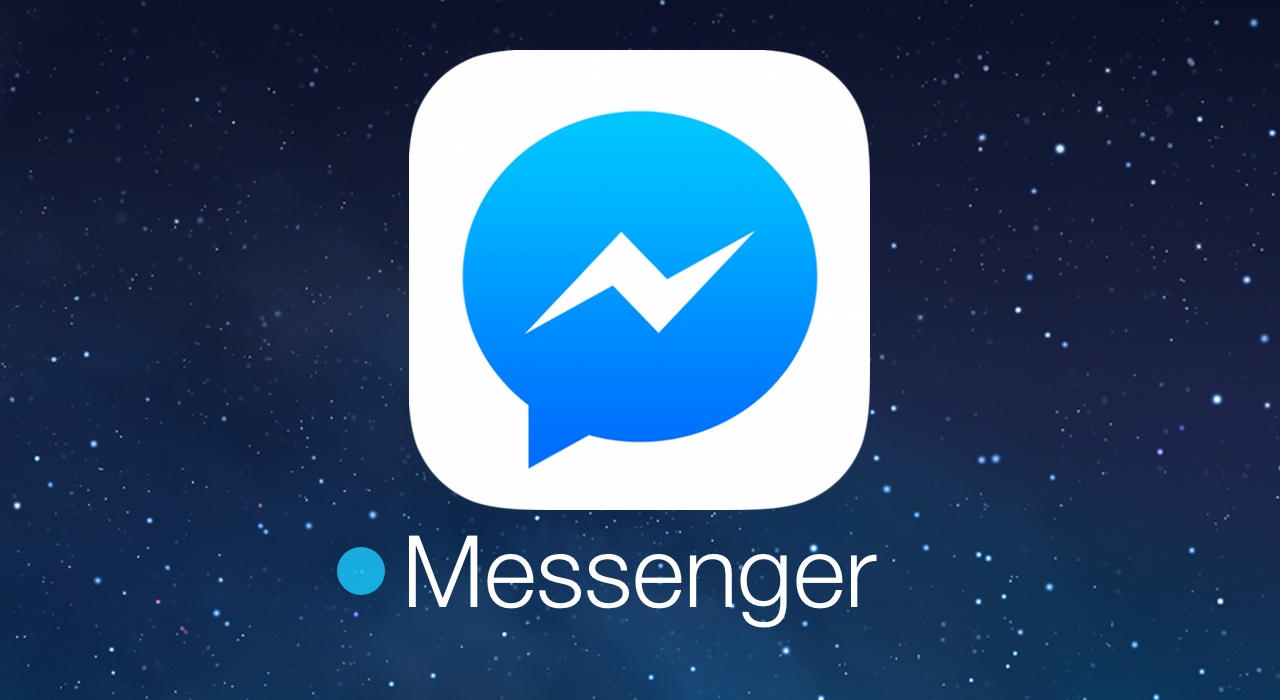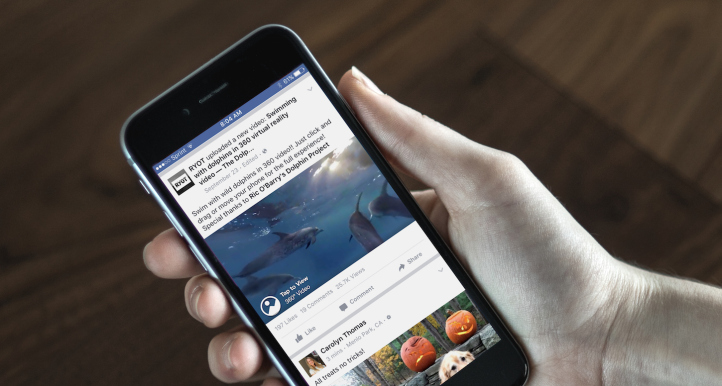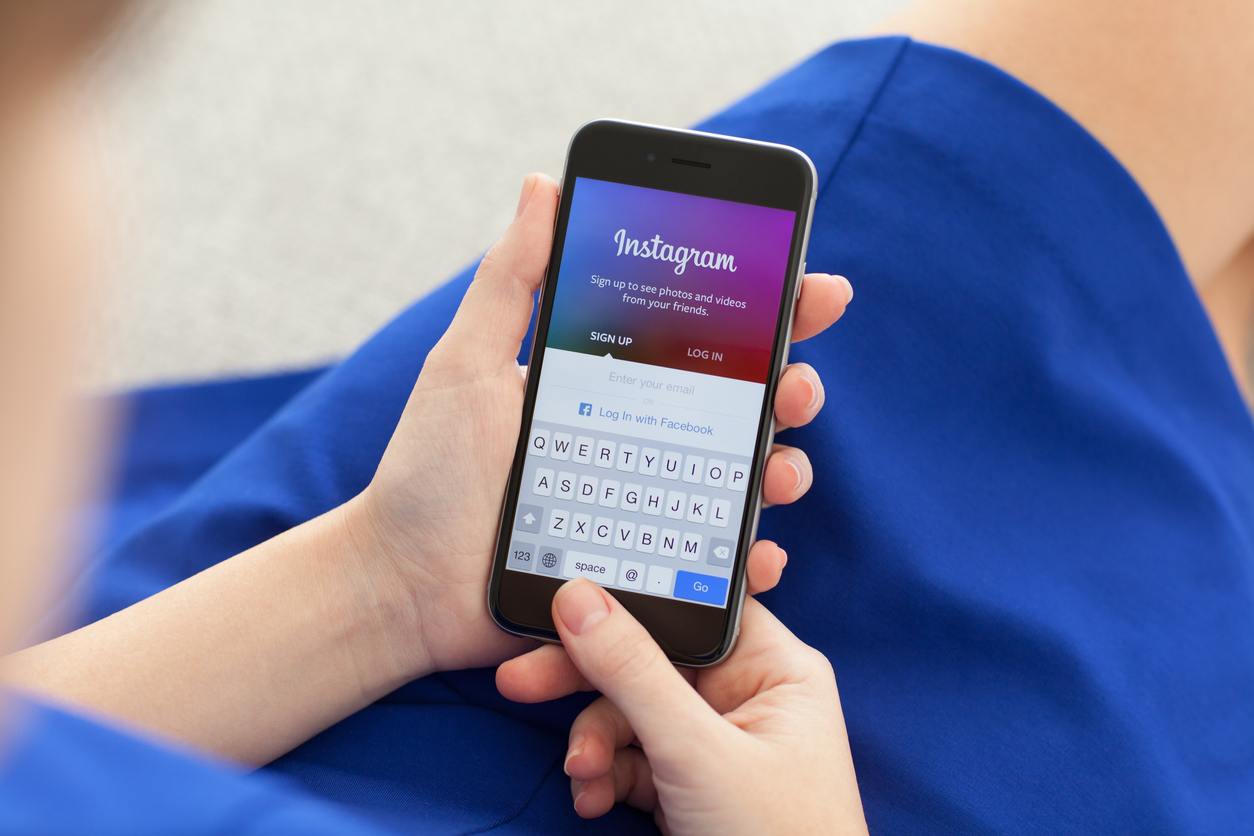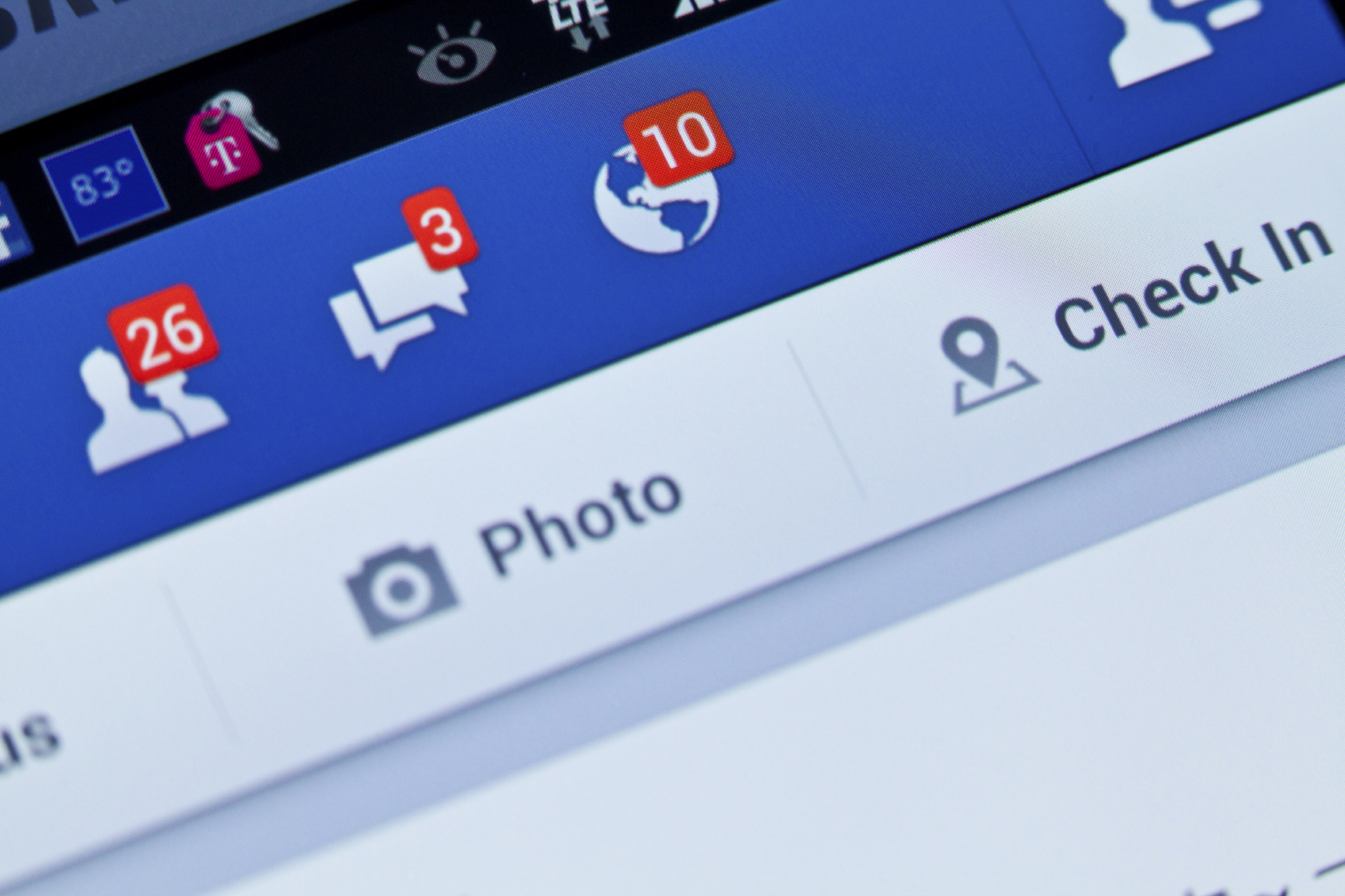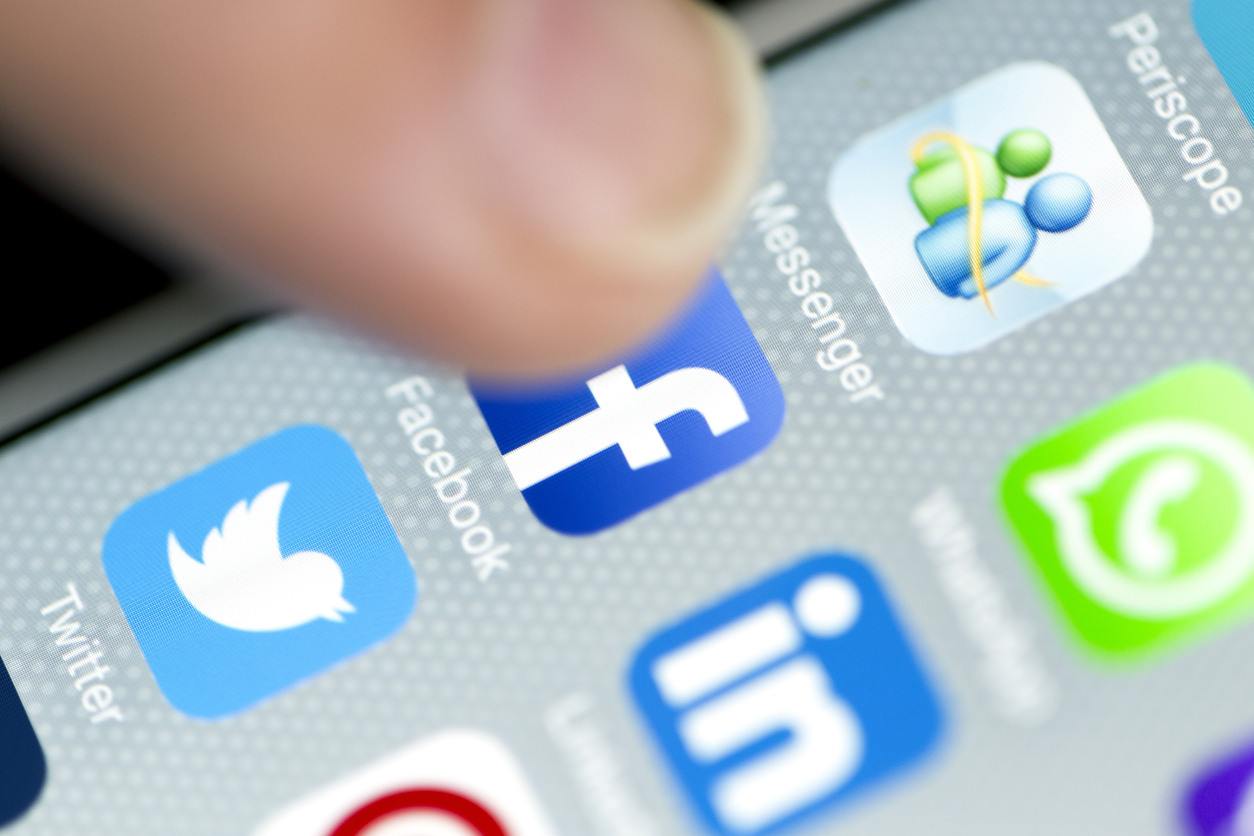What Happened
Facebook added new Snapchat-inspired features to its main app after launching them on Instagram, Messenger, and Whatsapp over the past year. Now users of Facebook’s flagship mobile app will be able to use 3D live camera filters, decorate their photos with drawings and stickers, sending disappearing private messages to each other, and share their photos and videos via a disappearing Story feature that works identically to Instagram Stories, which itself is a near copy of Snapchat Stories. Story updates from your Facebook friends will appear as circles atop your News Feed as in Instagram, and they will automatically vanish after 24 hours of posting.
What Brands Need To Do
As we noted when Facebook launched Messenger Day, the social network is doing everything in its power to curb Snapchat’s rapid growth and defend its ground in mobile messaging by mimicking Snapchat’s camera-first approach to app design. And so far it seems to be working, with reports claiming the popularity of Instagram Stories and Snapchat’s slowing user growth.
We are approaching an age where cameras are increasingly becoming one of the primary input sources of our digital life. Beyond the visual communication features pioneered by Snapchat, we are also seeing some brands get in on with the trend. For instance, Olay created a Skin Advisor platform that offers skin consultations and product recommendations by analyzing the selfies users took. The surging prominence of visual input is set to bring a new set of opportunities and challenges that brands will need to learn to navigate in order to adapt to the shifting consumer behaviors.
Source: Facebook
Header image courtesy of Facebook Newsroom
